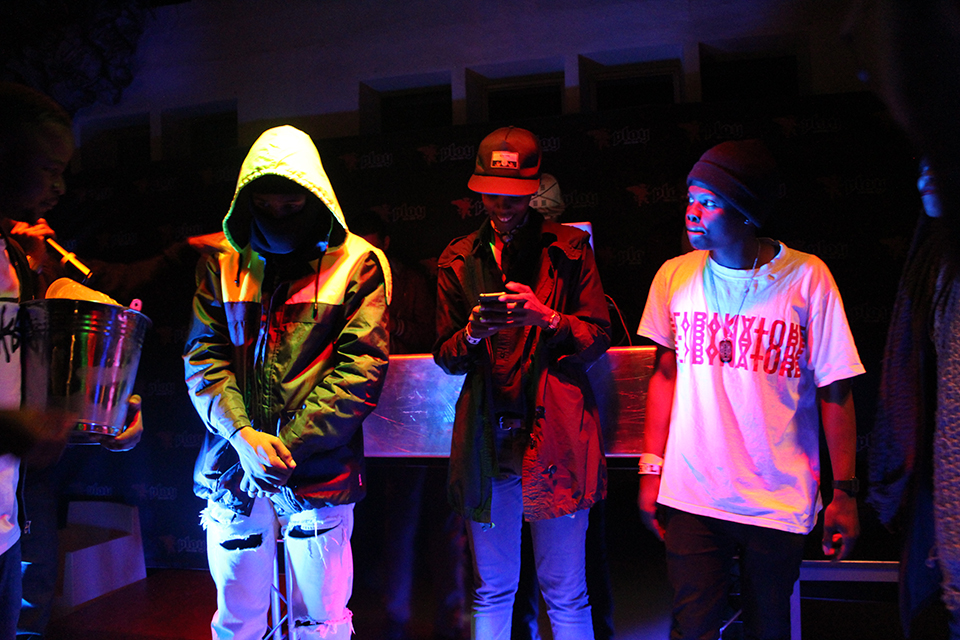We use the word ‘place’ to mean many things. Most obviously, place is location — a space in the world. It may also be a ‘place’ in the social order, as in to ‘know your place’ or ‘be in first place’. In a third sense, place is performance: events ‘take place’. If there is any event series that knows how to ‘take’ and ‘make’ a place, it’s Kool Out. Whether it’s the mellow kick-back of Kool Out Lounge, a concert gig at Kool Out Live, or Koolin in the City over a Sunday skyline; the Kool Out crew know how to produce place with hip hop.
In its most recent edition, Koolin in the City saw crowds gather on a Troyeville rooftop. Shoulders slung over the balcony railings. Heads rested on the distant edges of Ponte Tower. Mouths pulling smoke, stoking orange light. Then exhaling Biggie, Erykah and Bobby Caldwell over the used car lot below. ‘Is this your first Kool Out?’ No-one said yes. These were pilgrims, like birds regularly migrating home, coming to rest atop another Kool Out skyline.
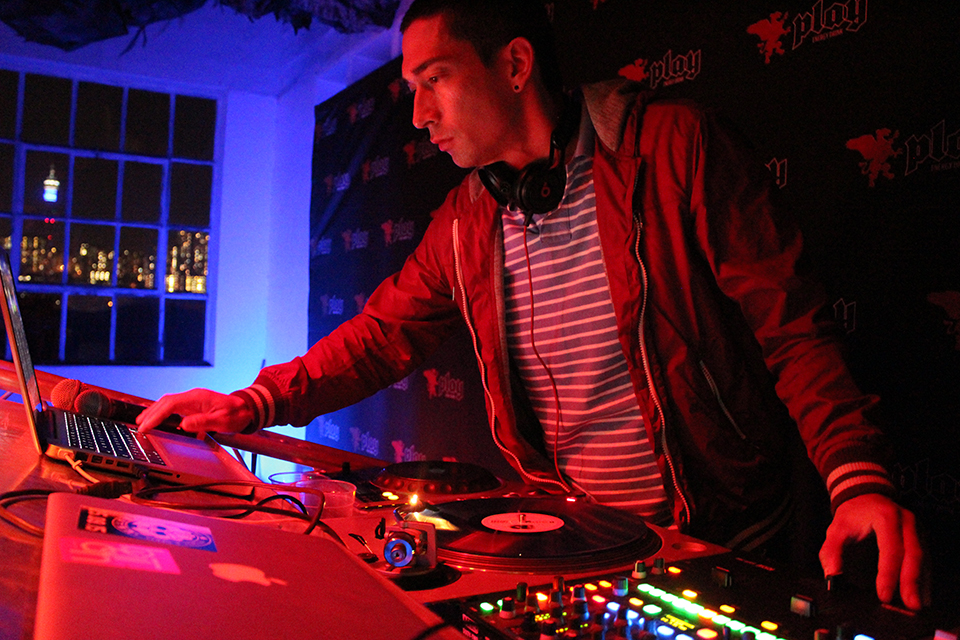
For the past eight years, Kool Out has been cultivating this sense of place. The brand began in Cape Town, founded by DJ ID (Akio Kawahito). ‘I was an old-school hip hop guy’, he explains, ‘and there wasn’t really that scene on Long Street’. The city’s hip hop heads had been ‘placeless’ since the early 2000s, when DJ Raiko had run Cape Town’s biggest hip hop night, The Lounge. They needed new turf and Akio set about finding it.
‘The way that I always found places to DJ, it’s not like I’ve been to a spot and I’m like, “Yo, this is the music I’m into. I wanna play here”. It’s more like I’m into a spot and I’m not even listening to the music. If it’s the vibe, I’ll play here, and I’ll play what I wanna play. But this is where I wanna play what I wanna play.’ Place was paramount from the start.
Akio chose the Waiting Room, recognising potential in the above-street space, teetering on the pavement-edge of Long and Kloof. ‘The décor, the ambiance is cool. The crowd is there. You’ve got views of the city.’ He knew that the ways places affect us was not about individual locations, or even the bodies within them, but about the interaction between spaces and bodies — and how curators like Kool Out could connect people and place. In this first series, artists, lyricists, poets and hip hop lovers were strung together on a Cape Town rooftop.
‘This was before Waiting Room was what it is now’, Akio explains. ‘It was very much on an electronic tip. They said they didn’t do hip hop’. In spite of this, Akio began running Wednesday hip hop nights, having fooled the venue managers with an instrumental demo. ‘Really by the fourth month, it was poppin’ off’.
As Kool Out grew, it also ‘took place’, reclaiming territory. ‘For the first time, hip hop people — even black people in general — were going to the Waiting Room. Before that, it was like straight up a white spot.’
There were tussles over turf: the venue soon discovered what Akio was doing.
‘You can’t be doing this hip hop stuff’, they told him, ‘The crowd is too rowdy’. Kool Out was urged to relocate, but they held their ground. They knew their place, and quickly put the Waiting Room in theirs. Within a year, they were the city’s biggest monthly hip hop event.
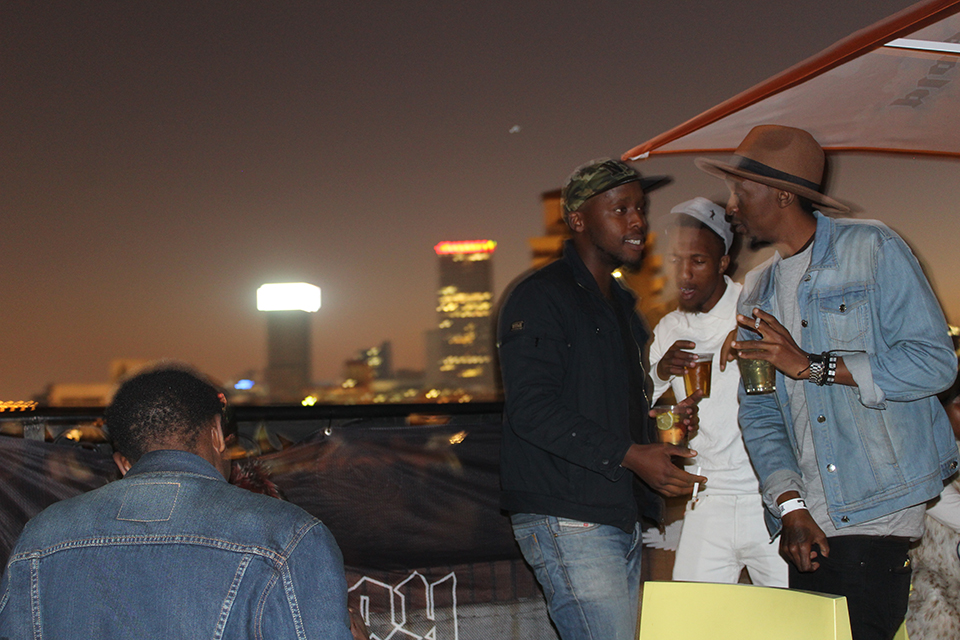
In 2011, the crew moved to Johannesburg. Turntablist P-Kuttah (from Durban) and Emcee Reason joined the team. So did Banesa Tseki, Kool Out’s Creative Producer, whose role has been to put the vision in place — to make place happen.
‘Johannesburg has a beautiful downtown skyline. Within the last four years or so, people are starting to come downtown again. [We thought], “Let’s take something — a new space — and try build it up”’. The bricks and mortar would be immaterial things: the sound, the senses, the feel of a place. Using space like a ready canvass, this was about how to inject a site with meaning and attachment.
They began at Kitcheners in Braamfontein. ‘We always try to use a nice, small, compact space’, Kuttah explains. ‘So it gives you that house party feel’. Kool Out wanted crowds to feel intimacy and familiarity, as though they owned the place. Meanwhile, the team were also looking for their own place, to reclaim turf from venue managers. ‘We started off as artists [on the decks]. Then we became promoters [at the door]. But you know where the real money is? The motherfuckin’ bar! (usually claimed by the venue). ‘[So] we were like, “let’s take the door and the bar, cos that’s where the power’s at, you know”’.
‘We did site checks everywhere’, Akio explained. ‘Me and Raiko. We needed a place that nobody else was doing, where we could define it’. That place was the Kool Out Rooftop on Commissioner Street.
‘We saw a gap’, says Kuttah, ‘to do rooftop parties.’ No doubt there was something about being above the city that made it feel like it was yours. Like you could pluck the Hillbrow Tower from its place and pin back your hair with it. As night fell, Koolin in the City morphed: its people became a shadow-mass of silhouettes, while the city, all alight, was let in. It reminded me of that J-Z lyric from City is Mine: ‘You belong to the city, you belong to the night’.
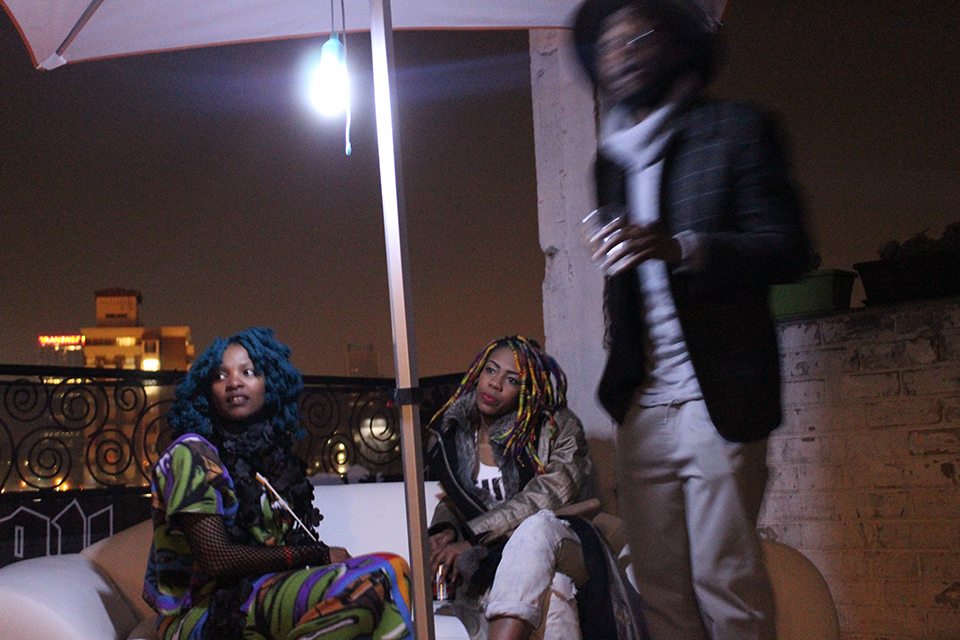
Jo’burg is a city to which many belong — a place of many places. ‘The funny thing about Jo’burg’, Kuttah says, ‘I think about 70 percent of the people you meet in Jo’burg aren’t from Jo’burg. [They’re] from all over the nation.’ On stage at the most recent Koolin in the City were AKMG (out of the Eastern Cape), Kandy Koated (from the Vaal) and Durban’s Nasty C. Place has always been integral to hip hop, as artists make a point to ‘rep their hood’.
The culture of Kool Out is fed by Jo’burg’s cosmopolitan energy. By Kool Out is also literally fed by Jo’burg, where the crew have been able to live off their work for the first time. ‘We were on the top of hip hop in Cape Town and we were broke. Going out with hip flasks and shit’, Akio remembers. In Jo’burg, ‘you can make money off this shit.’ It’s like that Biggie lyric. Akio recites: ‘You never thought hip hop could take you this far. That’s how I feel! Everything is done from me being in hip hop. I own a house here. I’m buying a car next week, cash money. That shit blows my mind!’ While running an incredibly successful event series, Kool Out also consult for corporates and music festivals and have facilitated local tours for big international acts: People Under the Stairs, Ras Kass, DJ Babu, Talib Kweli and more.
Ask Kool Out pilgrims what keeps them coming back and they will say ‘the music’. That’s what transforms a non-descript space into a place where people feel they belong and connect. We hear a track and we remember where we were when we first heard it, how we felt when we first loved it. Then, in our communal recitation of lyrics, the memory is transformed into something shared. It is as though all of us here now, were also there together, at the time when we first loved this song. And so a bond is manufactured between us, like old friends and family coming together for a reunion — despite having never physically met. These days it doesn’t even matter where the venue is, coming to Kool Out means coming to a place that you know.
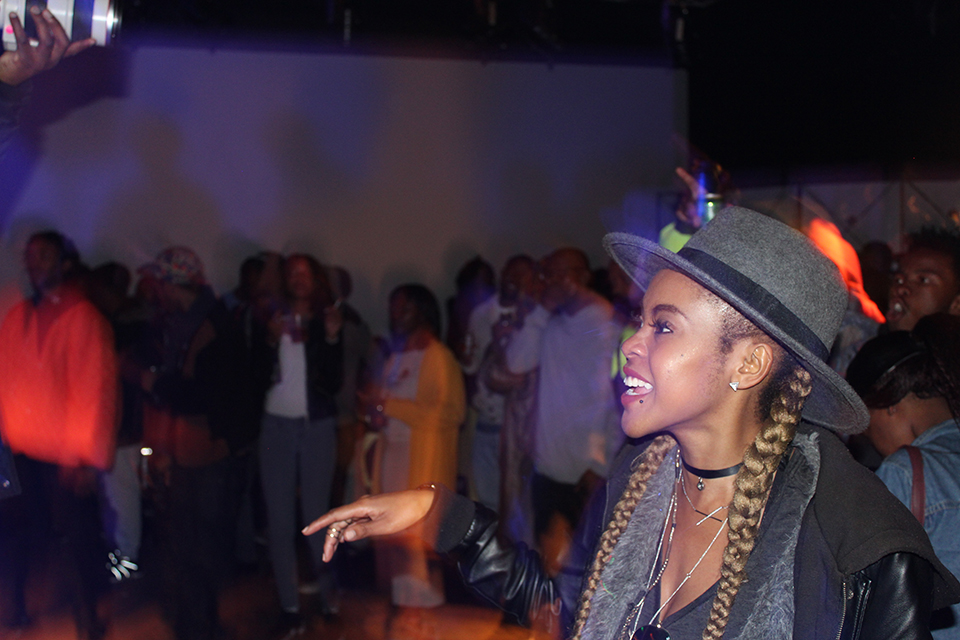
Kool Out works as this music meeting-place because DJs don’t just play the latest ‘turn up’ tunes. ‘We’re not trying to be about any trend’ Banesa explains. ‘We’re not dictated by who’s on radio. We’re not dictated by who’s big on social media. It’s not about who’s cool and who’s not. It’s just about what’s dope’. Interspersed with old-school hip hop nostalgia, Kool Out audiences will also be introduced to something new, discovering unchartered sonic territories together. ‘You get to kind of educate people on music’, says Kuttah. ‘It’s not subjected to you having to play commercial stuff all the time’. As such, artists are able to carve out their own space at Kool Out. ‘The funny thing is, even club DJs, when you put them here, they play different sets here.’
At Koolin in the City, those who come early enter free, after which tickets stay a reasonable R60. There’s no VIP and no price variation based on who’s performing. Whether it’s an international act like Sky Zoo or a massive local artist like Nasty C, it’s a normal Koolin in the City. ‘It’s not supposed to be artist-dependent’ Akio explains. ‘It’s difficult, but what you want it to be is: everybody loves your brand and they don’t care who’s performing. They go anyways. If it’s Nasty C, dope. If it’s someone you don’t know, then it’s probably somebody cool if these cats are putting him on’.
Underground artists and open mic emcee’s share the stage with big acts. Internationals and locals are given equal turf. Each has an option to claim and contest space. I saw young women (both female emcees and audience members) putting weak rappers in their place, attacking the dancefloor, and brazenly halting proceedings to call out misogynist lyrics.
Literary journalist, Joan Didion, once said that ‘ a place belongs forever to whoever claims it hardest, remembers it most obsessively, wrenches it from itself, shapes it, renders it, loves it so radically that [they] remake it in [their] own image’.
This is how the geography of Kool Out has been made. There has been acute sensitivity to physical location, but also a devotion to the immaterial sound and sense-scapes that make a place what it is. And while Kool Out has cultivated a very particular sense of place, it has been with enough openness that audiences claim it as their own. ‘Everyone just feels like home’, Banesa says. ‘A lot of people say Kool Out is their church or their home’.
